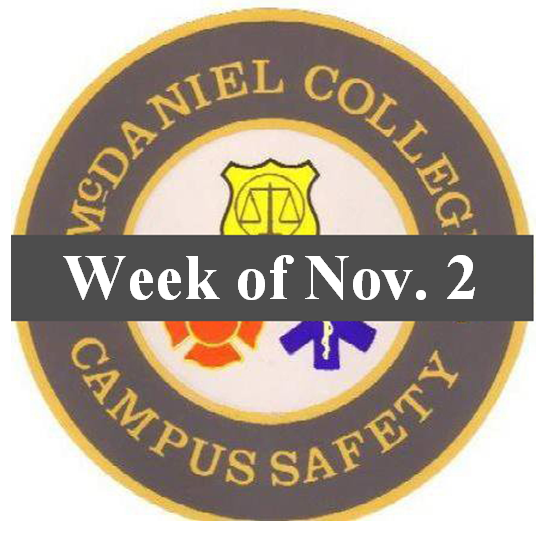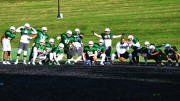Once upon a time, meeting with teachers or professors required interpersonal communication between students and their educators. Today, we rely heavily on the convenience of our technology, which has led simple text messages and emails to become a prominent form of communication.
Here on campus, we rely heavily on Blackboard or email to schedule meetings and appointments or to ask questions of our current professors. Face-to-face communication was all that we were familiar with before the age of unlimited access to advanced technology. It may be safe to say that technology has diminished one of the most important forms of communication.
By turning to these technologies to reach out, students and professors alike are missing out on the opportunity to gain a genuine and important student-educator relationship. Emails, text messages and Blackboard posts provide a form of anonymity to the writer. One cannot decipher the importance of these messages if there are no social cues to be given or received. With a lack of eye contact, posture or facial expression, a professor may not be able to understand the importance of a message being received through electronic communication.
With the different expressions used online or face-to-face, technology has heightened the likelihood of misinterpretation or miscommunication from the sender to the receiver. Face-to-face communication is the reason we are able to catch on to necessary non-verbal cues, which makes the interaction more meaningful and personal. Having a conversation in person can enhance the effectiveness of a message. Students and professors need to realize that diminishing this form of communication can hurt the relationship that a student is able to build with their educational powers.
With today’s technology, online classes have become more prevalent than they once were. This form of education has created a boundary between educator and pupil. This boundary has diminished the connection that a teacher will have with their student simply because there is no physical contact with one another. Though online classes are convenient for many individuals, these students are missing out on the chance to connect with their professors in an interpersonal way.
McDaniel does not offer an online option for core classes. This is beneficial to the students on the Hill because they are able to maintain a face-to-face with their professors. One of these days, professors will not be able to recognize their students in classes if they never get the chance to meet with them in person.
Next time you have something important to communicate, try scheduling a meeting with your professor. See the effectiveness of the exchange change when you can interact in a physical format with your professor. Though this digital communication is very important in an educational setting, it may be beneficial to try incorporating face-to-face interaction on a daily basis.
Image by Jason Rogers on Flickr. Licensed under Creative Commons.





